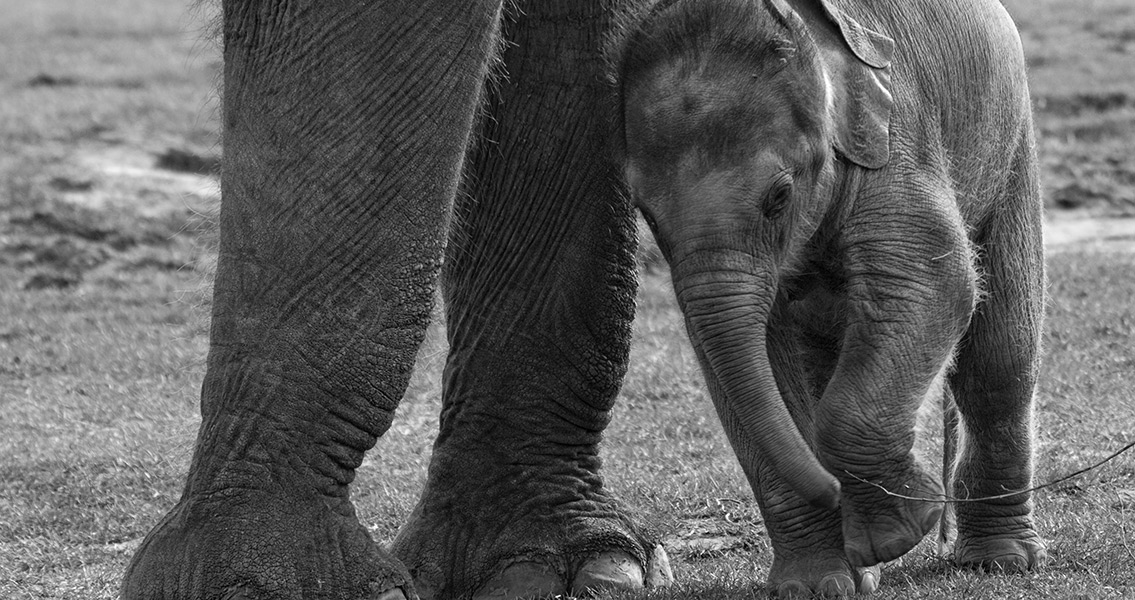<![CDATA[While many studies in the past have focused on discovering the kinds of things ancient Neanderthals had in their diet, a new study from Tel Aviv University has delved into what our extinct evolutionary cousins preferred to eat if they had the choice. According to Ran Barkai, the primary author of the study, and Hagar Reshef, his graduate student, their research has revealed that one particular Paleolithic delight might have been elephant meat. However, it was a specific kind of elephant that seemed to be the most tasty: juvenile elephant, the equivalent of veal today. Barkai and Reshef were initially perplexed as to how to make such determinations about the palates and preferences of early hominins like Neanderthals. In an interview with National Geographic, Reshef admitted that it’s an impossibility to make any sort of direct investigation into taste preferences, but he did say that there was enough circumstantial evidence to justify the research. The pair built their study on the back of prior research that revealed Neanderthals had taste-related genes in their DNA. Work conducted by Carles Lalueza-Fox uncovered that there were genes linked specifically to bitter tastes that could have influenced their food choices. As it does in modern humans, the gene varied among Neanderthals as well, indicating that there were various ranges of taste perception in the Paleolithic hominin group. Meanwhile, as far as what species of animal seemed to be on the dinner plate most often, common artifacts discovered at Paleolithic archaeological sites across the globe are butchered mammoth and elephant bones. Young elephants make up a large proportion of these remains, and in many cases the skulls of these juvenile elephants show evidence of being cracked open – indicating that perhaps the brain was considered especially tasty by Neanderthals. Of course, a younger elephant isn’t going to pose as much of a challenge to kill as a fully grown one, which could be one explanation as to why their remains are so prevalent in archaeological sites. However, it’s still a major undertaking to kill even a young elephant, which made Reshef wonder if they were being targeted because Neanderthals had developed a taste for their flesh and preferred it over other game animals. Reshef remarked that both the vulnerability of younger elephants and their taste were likely to have been equally relevant reasons to hunt them. Reshef and Barkai also conducted research on the subjective taste of modern elephants. While that sounds ominous, they didn’t actually gain any firsthand knowledge of the taste; instead they examined historical records, in particular a study of hunters from the Liangula people in East Kenya conducted in 1967. The Liangula remarked that young elephants were preferred because of their taste – a fact that was echoed by similar groups. Biochemical analysis conducted by the modern researchers also revealed that the nutritional value of young elephant meat was much higher than in adult elephants, adding credence to the idea that younger elephants were preferred by Neanderthals. For more information: www.sciencedirect.com Image courtesy of Wikimedia Commons user: William Warby]]>
New Study Focuses on What Neanderthals Liked to Eat
